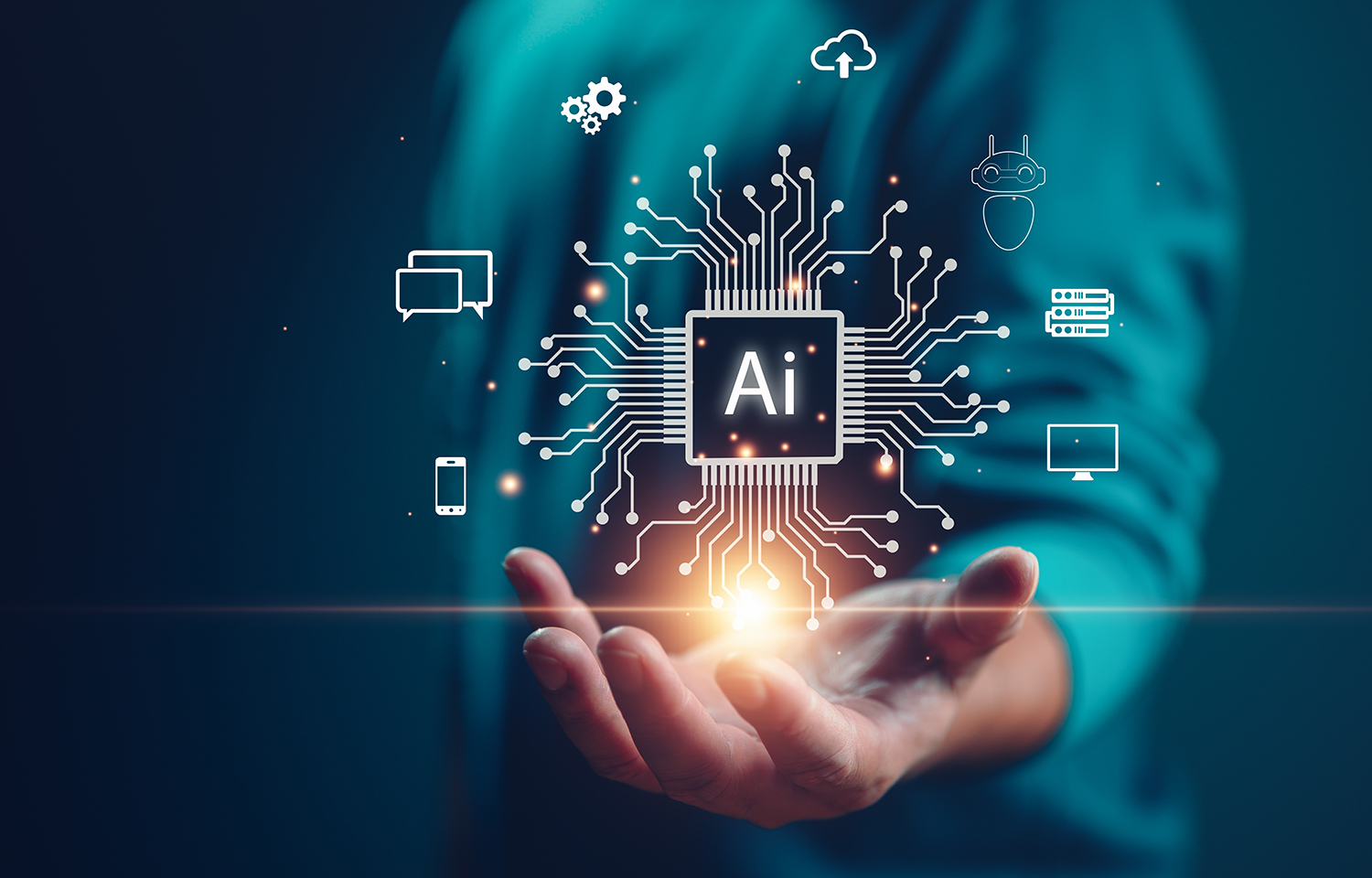Commercial fishing isn’t always considered a high-tech industry.
As one of humanity’s oldest professions, fishing is sometimes unfairly maligned as being old-fashioned or relying on outdated technology. However, nothing could be further from the truth.
Quietly, the commercial fishing and aquaculture sectors are incorporating advanced technologies like artificial intelligence (AI) to transform their understanding of the global seafood industry and the ways they operate within it. From automating aquaculture practices to tracking dark fishing vessels in the open ocean, AI is revolutionizing the way fishers, regulators, and producers are interacting with the world’s oceans.
The area in which AI technologies have seen the most widespread adoption is in aquaculture, where producers are using machine learning to monitor systems, sort animals and products, and automate feedings.
Drawing on CrunchBase data, ThisFish CEO and Co-Founder Eric Enno Tamm estimated that the seafood industry has invested more than USD 610 million (EUR 565 million) on AI-related initiatives, with most of those investments coming from the world’s 10 largest aquaculture companies.
“These top 10 companies represent 86 percent of all the – at least publicly disclosed – investments in the industry, so it’s quite lopsided,” Tamm said at Seafood Expo Asia in Singapore last fall.
One example of how AI is being used in aquaculture comes from the U.K., where Mowi, the world’s largest salmon-farming company, has collaborated with Aberdeen University and the Scottish Association for Science (SAMS) on a trial using AI to detect sea lice in net-pen salmon farms. Currently, Mowi and other salmon farmers rely on lab-testing water samples under a microscope to detect sea lice, but the process can take several days to deliver results. In the trial, researchers have trained an AI with thousands of holographic images of sea lice so that it can automatically detect them in images taken by the camera.
“Sea lice are a concern for the aquaculture sector and regulators, and one of the first steps to managing them is to identify whether they are present in the water,” SAMS Aquaculture Researcher Helena Reinardy said. “This new system could provide an opportunity for more regular and accurate monitoring to provide an early indication of potential sea lice risks.”
While aquaculture is the biggest beneficiary of the AI boom, other sectors of the global seafood industry are also taking advantage. AI is particularly showing promise in revolutionizing understanding of ocean activities and helping regulators ensure compliance.
AI is also being used by groups like Global Fishing Watch (GFW) to track commercial fishing activity in the open ocean. In a study published in January, GFW used AI to detect fishing vessels that were not being publicly tracked via satellite imagery. According to the researchers, the study showed that roughly 75 percent of industrial fishing vessels are not being publicly tracked.
“Historically, vessel activity has been poorly documented, limiting our understanding of how the world’s largest public resource – the ocean – is being used,” GFW Machine Learning Engineer Fernando Paolo said. “By combining space technology with state-of-the-art machine learning, we mapped undisclosed industrial activity at sea on a scale never done before.”
In the U.S., NOAA Fisheries has been exploring and experimenting with how AI can be incorporated into its ongoing survey work and fishery-monitoring duties.
Currently, survey work is a massive drain on resources. According to NOAA, it takes a full year of manual video analysis to process the roughly 1,000 hours of footage collected for the Gulf Fishery Independent Survey of Habitat and Ecosystem Resources and then make that data usable for researchers.
Last year, NOAA Fisheries partnered with Mississippi State University-Northern Gulf Institute and Kitware Inc. to develop an AI-powered software system that can automatically sift through videos and images to detect fish, track species movements, and annotate videos for researchers. As the AI system grows in precision and reliability over time, the agency anticipates the human role in video processing to be minimized, freeing up those scientists’ time for analysis and other projects.
“This artificial intelligence software system will be a huge stepping stone for us in terms of timeliness and efficiency delivering analytical products from these critical surveys,” Matthew Campbell, co-author and project co-lead, said.
Regulators are also hopeful that similar AI tools can revolutionize electronic monitoring programs, making remote observation of commercial fishing operations far more viable. While officials have been keen on using video recording to replace human observers on vessels, those electronic monitoring systems still need humans to manually review those recordings in order to work effectively. According to Pew Charitable Trusts, that reliance on humans to process electronic monitoring footage is a major roadblock preventing wider adoption of electronic monitoring.
Now, NOAA is looking to overcome that hurdle by using AI to process those recordings. Last summer, the agency revealed plans to test the use of AI in its 2023 bottom trawl clam survey in Woods Hole, Massachusetts, U.S.A. Officials hoped the experiment would show researchers how to improve AI algorithms for the task and provide raw data for others to build off of.
NOAA’s interest in using AI-powered automation to improve its operations goes beyond a few experiments and studies. In 2019, the agency listed AI as one of its new science and technology focus areas. Since then, NOAA has adopted an AI strategy and established the NOAA Center for Artificial Intelligence to promote technology adoption throughout the agency.
This is just a small sample of the applications AI technologies are being used for in the seafood industry. Other AI use cases include tracking and protecting marine mammals, improving seafood marketing, helping grocery chains stock seafood products, and automating significant phases of the aquaculture process.








